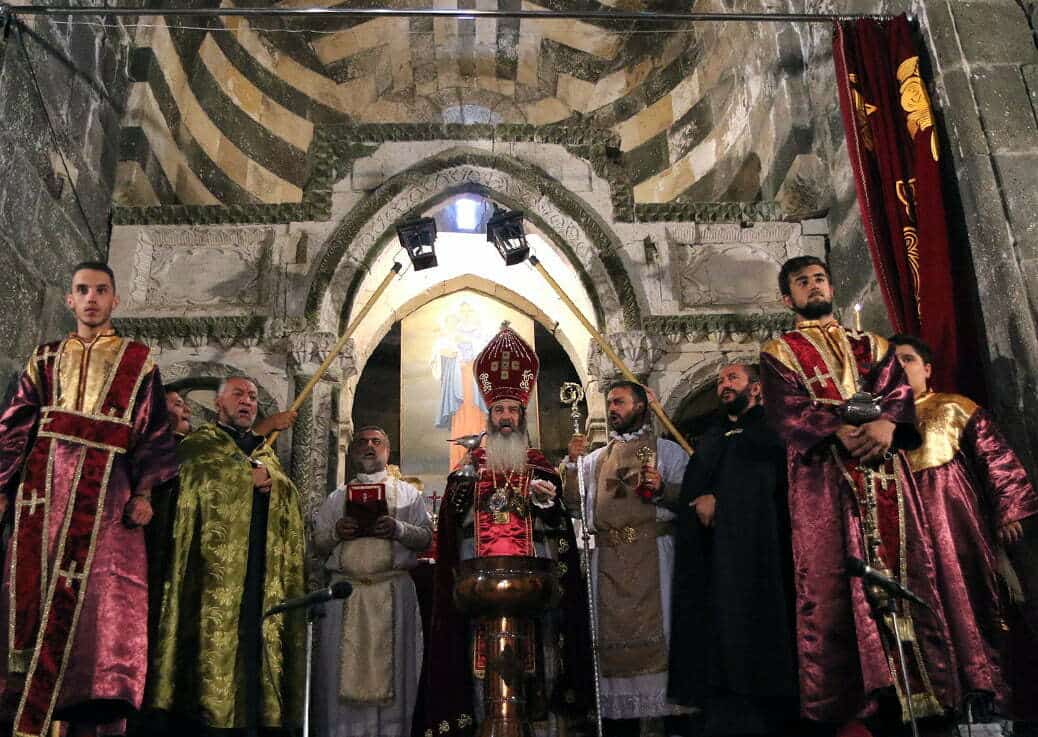Badarak Ceremony at Qara Kelisa: A Photographic Journey

Badarak, pilgrimage to the Saint Thaddeus Apostle Monastery, is one of the religious rituals and customs held by a group of religious minorities in Iran.
Badarak, pilgrimage to the Saint Thaddeus Apostle Monastery, is one of the religious rituals and customs held by a group of religious minorities in Iran.
Badarak, pilgrimage to the Saint Thaddeus Apostle Monastery, is one of the religious rituals and customs held by a group of religious minorities in Iran. Every year, Armenians from all over the world go to Qara Kelisa, one of Iran’s global churches, in West Azerbaijan province to participate in this ceremony. Qara Kelisa, according to some, is one of the first churches in the world.
Badarak is held every year in late July, and during this religious ritual, Iranian Armenians and other countries, some ambassadors of Christian countries in Iran, as well as a small number of Assyrians and also a few people from Catholic Christian families gather in the Qara Kelisa.
The ceremony is held in Qara Kelisa, 20 kilometers northeast of Chaldoran county in West Azerbaijan province; A church with white and black stones and beautiful domes, which is also known as Mako, Holy Tadeus, Saint Thaddeus Church, or Tatavus Church. On the access road to the church, you will come across a sign; a sign that shows us the efforts of the people of this region for closeness between different religions, and it is written on it: We sing here the hymn of religious unity.
Qara Kelisa was registered in Iran’s national monuments list on Feb. 01, 1956, with registration number 405. Qara Kelisa complex (including three main churches named Qara Kelisa or St. Thaddeus, St. Stephanos Jolfa, and Zor Zor Mako), on July 7, 2008, as the ninth historical monument Iran was registered globally.
According to Badarak customs, participants must stay in the church for three days (from Thursday to Saturday); the prayer ritual of the church is held on the first two days of the Badarak ceremony, in the morning and the evening. In addition, events such as the baptism of babies and children, weddings, candlelight vigils, etc. are also held in the church and the surrounding area on these two days.
The third day is the most important day of the Badarak ritual; On this day, the church prayer ritual is performed only once and with the special ritual of Eid by the archbishop. The ceremony begins on the third day at 10 am and is accompanied by the blessing of bread and holy water; Blessings that are shared between participants and visitors.
Badarak religious ceremony is the 16th intangible heritage of Iran registered in UNESCO.

















